Over a century after Banneker circulated Dr. Rush's sentiments, calls for concentrated government-supported peacemaking began to swell in the United States and throughout the world. Emerging from World War I, efforts to create an international governing body to resolve conflicts with diplomacy rather than military action resulted in the formation of the League of Nations. Though the United States did not become a member of the League of Nations, it was among the first signatories of the Kellogg-Briand Pact of 1929, binding governments around the world to seek diplomatic means of conflict resolution rather than war. Domestic efforts to establish a permanent office to invest in peacemaking and keeping were renewed by politicians, activists, and religious leaders, including Carrie Chapman Catt (founder of the League of Women Voters).
By this time, one West Virginian had already gained attention for his staunch support of the idea of a peace department. Raymond Moses Davis, a coal mine operator from Morgantown, studied and published proposals for such a department on both a national and international level, lobbied members of congress and presidents for its implementation, and became a key advocate for peace over more than two decades. Born on a Ritchie County farm in 1882, Davis received an education from Mountain State Business College in Parkersburg while also working for a pipe line company, where he learned telegraphy, which in turn led him to work for several railroad companies until he married Fannie Wilson in 1905. Upon marriage, Raymond and Fannie moved west to Los Angeles, California, where he worked as a streetcar operator for two years. After returning to West Virginia in 1907, Raymond began working and investing in railroad, timber, hotel, and coal mining companies and a decade later in 1918 organized the Davis Coal Company. Within two years, the company grew to operating eight mines generating 4,000 tons of coal per day. At its height, the company employed over 500 miners working in West Virginia's Fairmont Coalfield.
Though the legislation failed to garner enough support for passage, Davis continued his efforts in the late-1940s, meeting with newly-elected Congressman Harley O. Staggers of Keyser, West Virginia, who introduced his own legislation calling for a peace department during his first term in the U.S. House of Representatives in 1949. Congressman Staggers became an important ally of Davis, reintroducing his proposal four times in the early-1950s and becoming a strong advocate for the United Nations. In 1954, Congressman Staggers met with President Dwight D. Eisenhower at the White House and advocated on behalf of Davis' proposal. A newspaper account of the meeting quoted Congressman Staggers' remarks to the president: "Mr. President, maybe we would not reap any material advantages right away from the establishment of a department of peace in your cabinet, however, as a piece of psychology to capture men's minds, it would be a tremendous asset in the cold war of nerves with the communists. Every nation in the world has a department of war in its government, but not one major nation has a department of peace." Two of Congressman Staggers' speeches on the U.N. and peace can be read below: Between 1955 and 1968, eighty-five subsequent bills were introduced in the House and Senate and in 1969, the “Peace Act” garnered significant support including that of West Virginia Senator Robert Byrd. A Department of Peace has been the goal of legislation introduced in the late 1970s, early 2000s, and as recently as 2013. Citizen activism in support of this concept is organized through the Peace Alliance and the Student Peace Alliance.
For over twenty-years, some of the most ardent support for creating a cabinet-level office concerned with brokering and maintaining international peace was found in West Virginia’s congressional delegation and especially through the efforts of Raymond Moses Davis. “I believe firmly that people the world over are today ready to follow a leadership that has as its main objective a warless world.” Raymond M. Davis, The World Begins to Live, 1946. Comments are closed.
|
Welcome to the Byrd Center Blog! We share content here including research from our archival collections, articles from our director, and information on upcoming events.
Categories
All
Archives
July 2023
|
Our Mission: |
The Byrd Center advances representative democracy by promoting a better understanding of the United States Congress and the Constitution through programs and research that engage citizens.
|
Copyright © Robert C. Byrd Center for Congressional History and Education
|

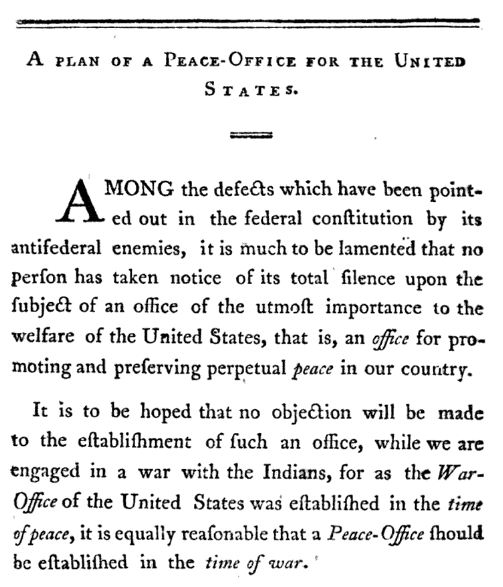
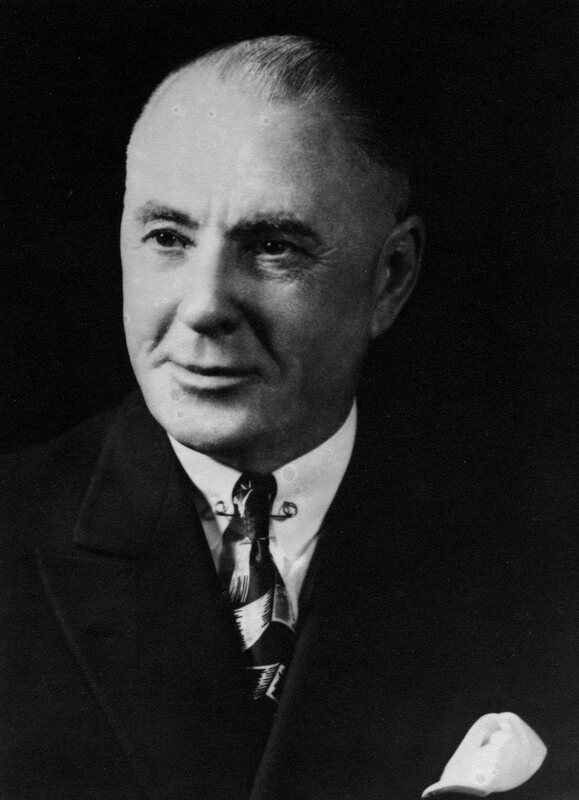
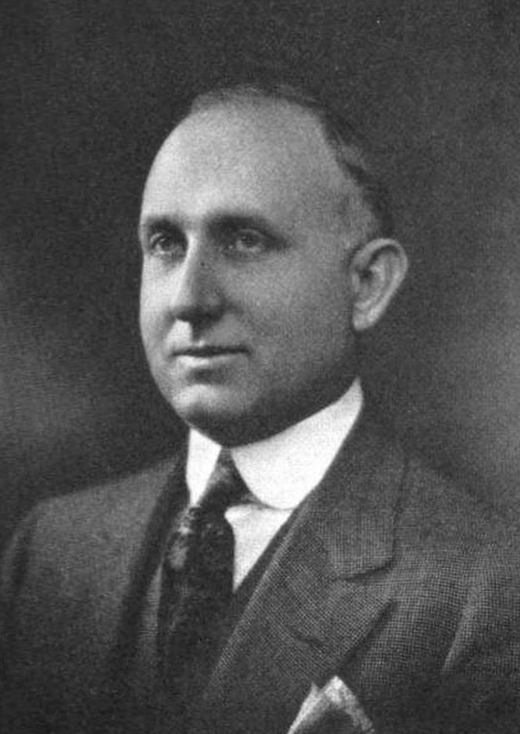
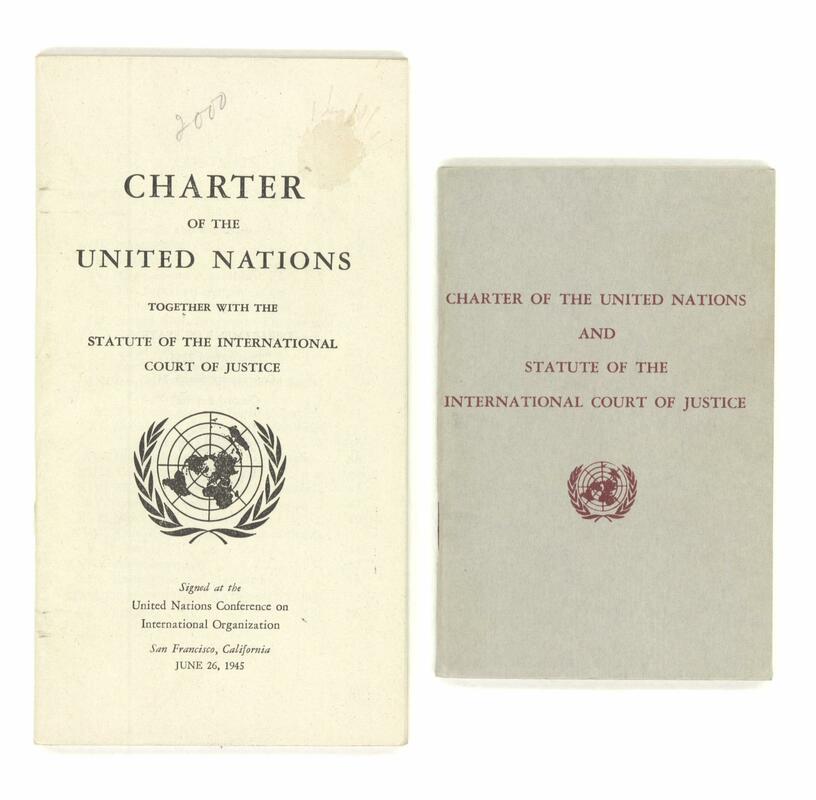
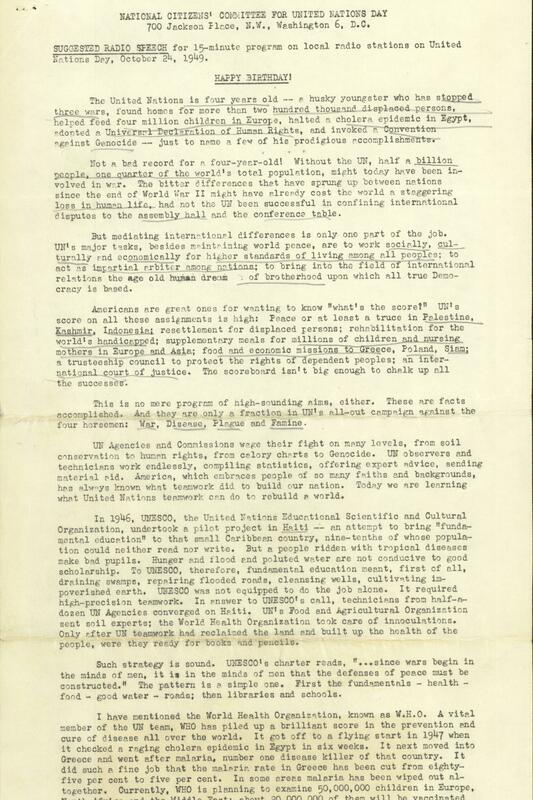
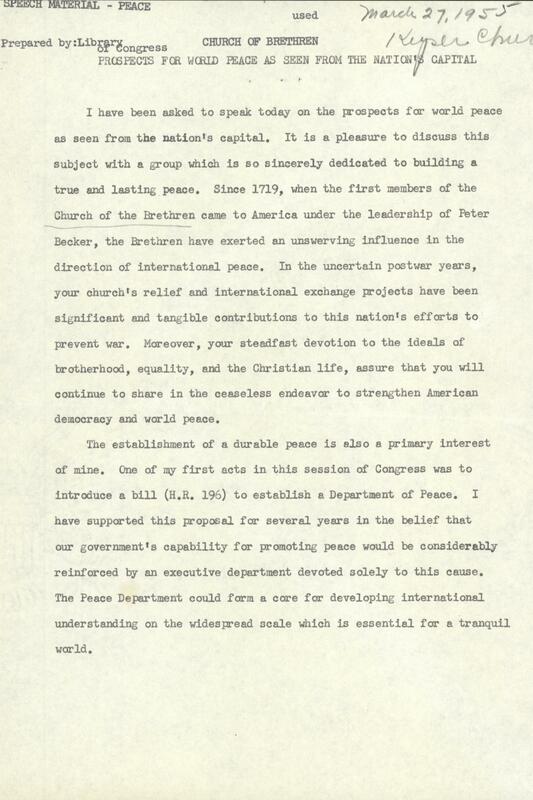
 RSS Feed
RSS Feed
